'It's such a joy': Architect Ted Cullinan's self-built Camden home on sale for £1.3m for the first time
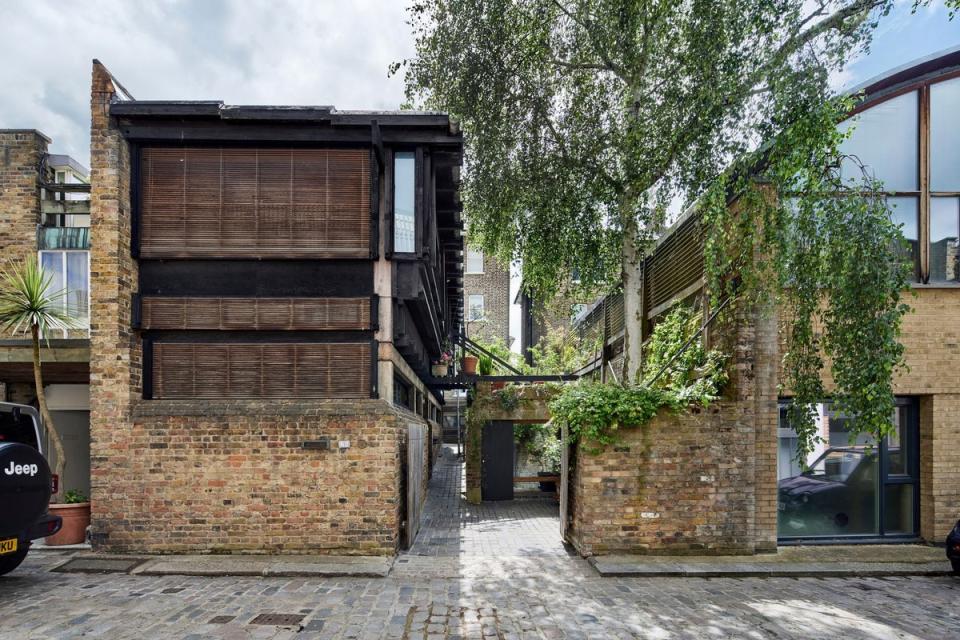
The Grade II*-listed family home designed and self-built by noted architect Ted Cullinan is on the market for the first time at £1.3 million.
Cullinan, a RIBA Gold Medal winner, and his wife Roz built the house on Camden Mews with the help of friends, family and students on the weekends between 1963 and 1965.
“Dad was working for Denys Lasdun, who designed the National Theatre, during the week to earn money,” remembers his daughter Kate Cullinan. “He bought the plot for something like £1,500 and spent the weekends building it. Everyone joined in and helped.”
Kate and her sister Emma were born before the family moved in, and her brother Tom was born there. “It was such a brilliant house as a kid, it was like a playground. There were so many circuits and stages and places to camp,” she recalls. “There's pictures of us in the courtyard mixing mortar. We all learned to build from very early age.”
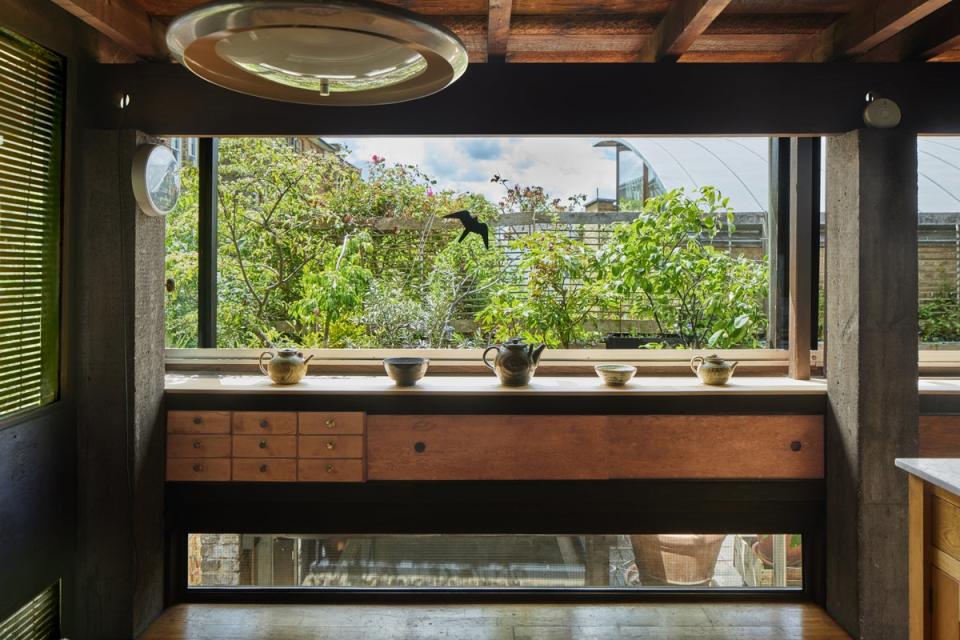
Cullinan designed the house with an upside-down plan, locating small monastic cell-style bedrooms on the ground floor, with open-plan living space arranged on the upper floor.
It’s rotated at a 90-degree angle to the street to face into the sunshine, a decision that meant the architect had to work to win over the council. “Dad had quite a difficult job getting planning permission to build it facing south rather than onto the road,” says Kate. “All the houses have their front doors opening onto the mews. But this one doesn’t, it turns sideways so the big windows face over the terrace and you have a lovely view of the garden.”
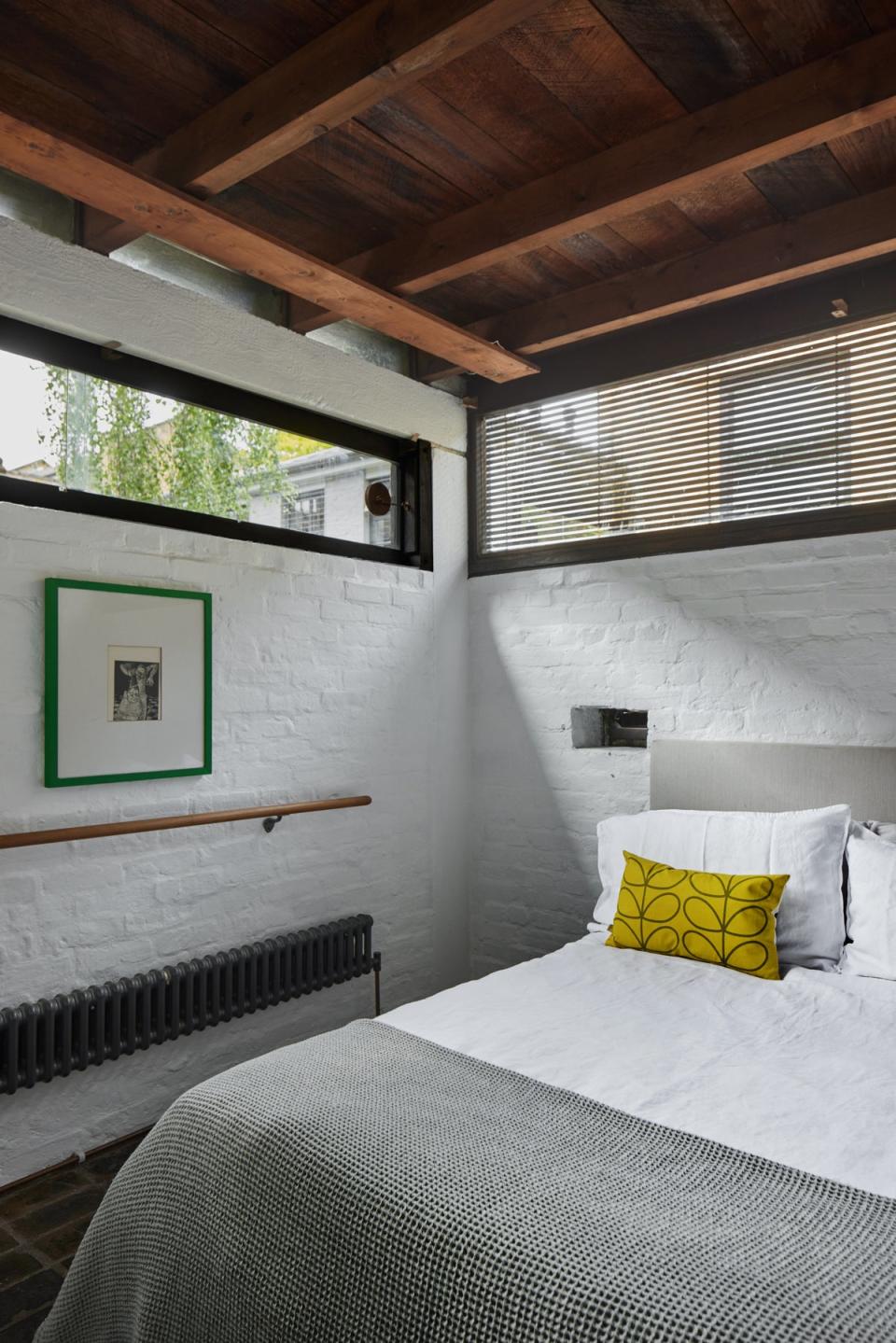
This orientation allowed the sun to passively heat the home — and the Sunday papers to drop straight into the principal bedroom through the letterbox.
There are trees in the ground floor courtyard, and two terraces on the upper floors are full of plants. “Later on in life when we all left home, Dad would grow vegetables on the roof and on the terraces,” says Kate. “He was mad about growing stuff, he was a real doer.”
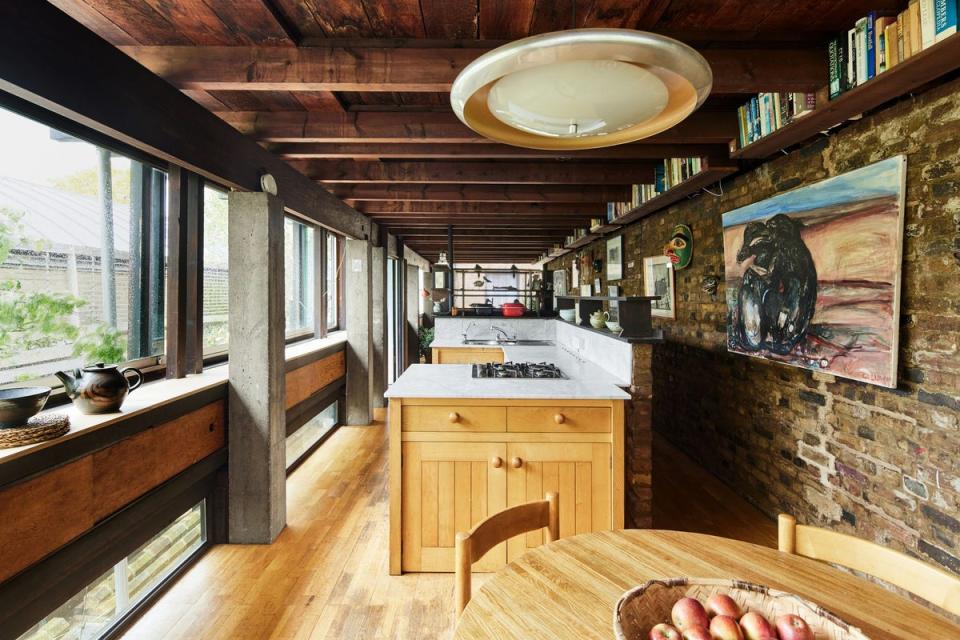
Before the house was listed in 2007, the Cullinan’s made several changes to the home to accommodate the growing family’s needs. “At the beginning, me and my brother and sister all shared one room, as you did back in those days,” says Kate.
As the children became teenagers, their father dug out the garage to create an extra bedroom and bathroom. “The garage then became my bedroom and where teenagers went and played loud music. We were all in band, so we used to practice in the garage.”
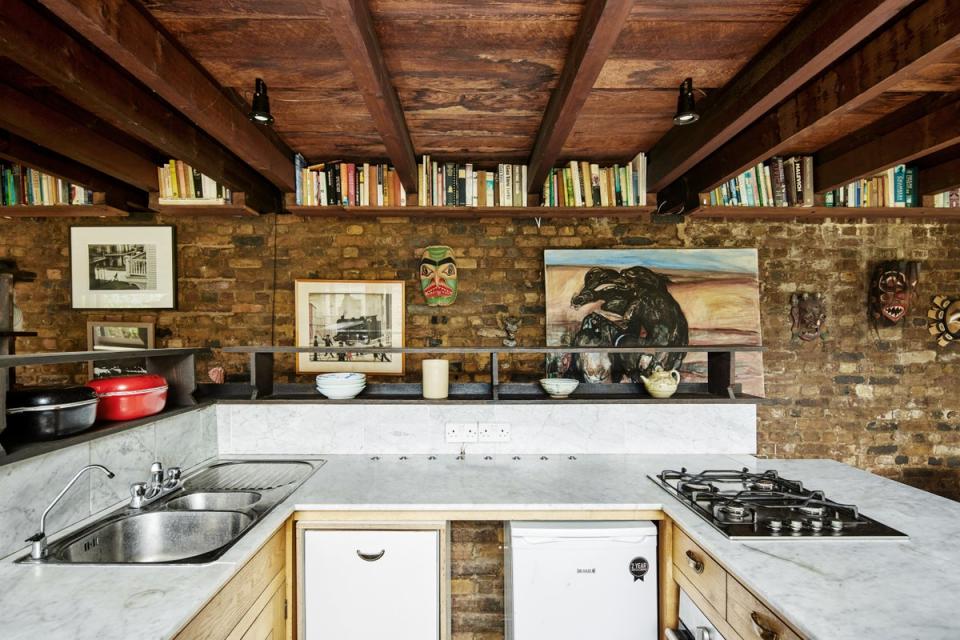
After a decade or so in, Roz decided to radically remodel the kitchen in Ted’s absence.
“Dad used to go to Canada and to the USA a lot to teach, so he'd go away for a week or two,” says Kate. “Mum took a sledgehammer to the concrete kitchen. They had it rebuilt with a marble top in a much more Eighties style. You look back now that Brutalism and mid-century modern is back in fashion and think: ‘Oh, wouldn’t it be nice to have the concrete back’.”
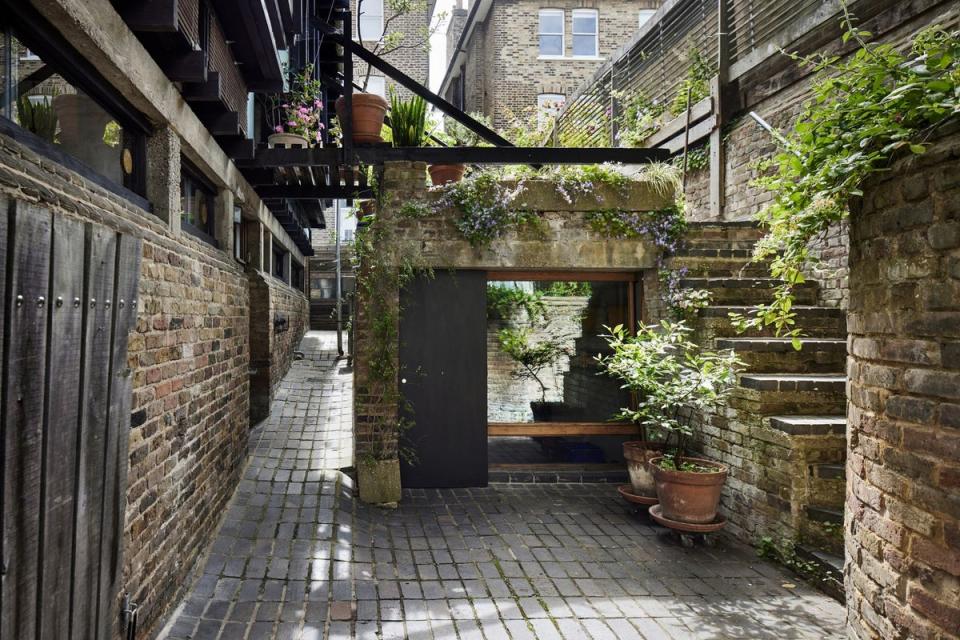
It wasn’t always fun living in a house that was so radically different. Kate remembers a phase in her childhood where the family home felt embarrassing. “I was sent to the local comprehensive school. All my friends lived in flats, and I wanted to live in a flat, too, not in a in an eccentric house,” she recalls. “It was difficult bringing friends home.”
But as she grew older, she began to appreciate it’s unique design and generosity of proportion. “It's just such a joy. You realise how incredible it is compared with living anywhere else,” she says. “Dad always designed in quite a playful way, thinking about the person rather than the pretence, if you like. He wasn't a showy-offy architect. He was very pragmatic and liked having fun — and providing fun for other people as well.”
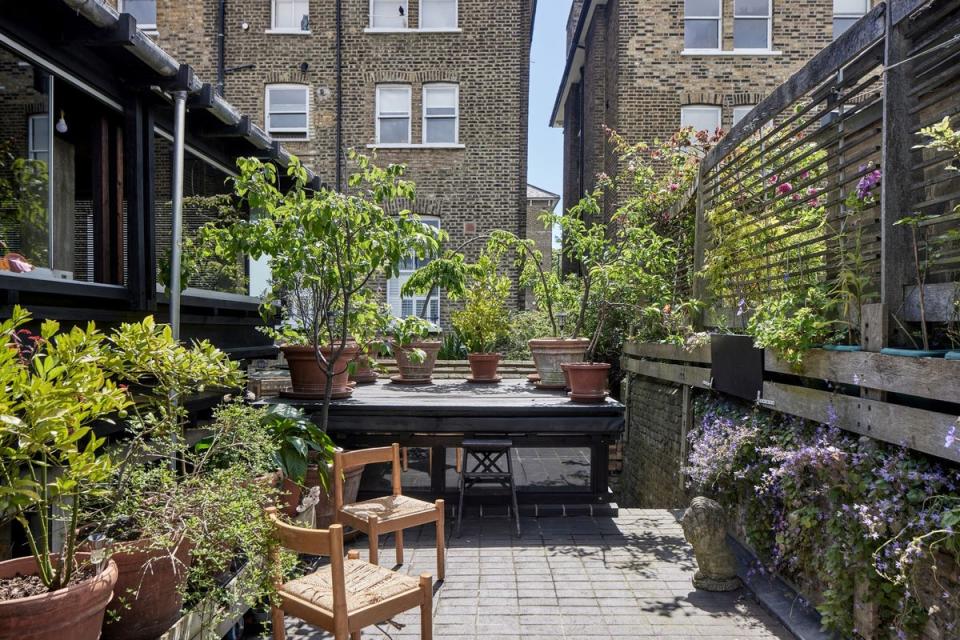
After Ted and Roz Cullinan died in 2019 and 2022, the family rented out the home. Now the tenants have left they’re putting it on the market, and hope the buyer will appreciate its unique place in design history.
“People have such a fascination with it,” says Kate. “It would be amazing if an institution or university [took it on] because there are always students outside sketching. You can imagine yourself building it — you can see how it all fits together.”

 Yahoo Finance
Yahoo Finance 